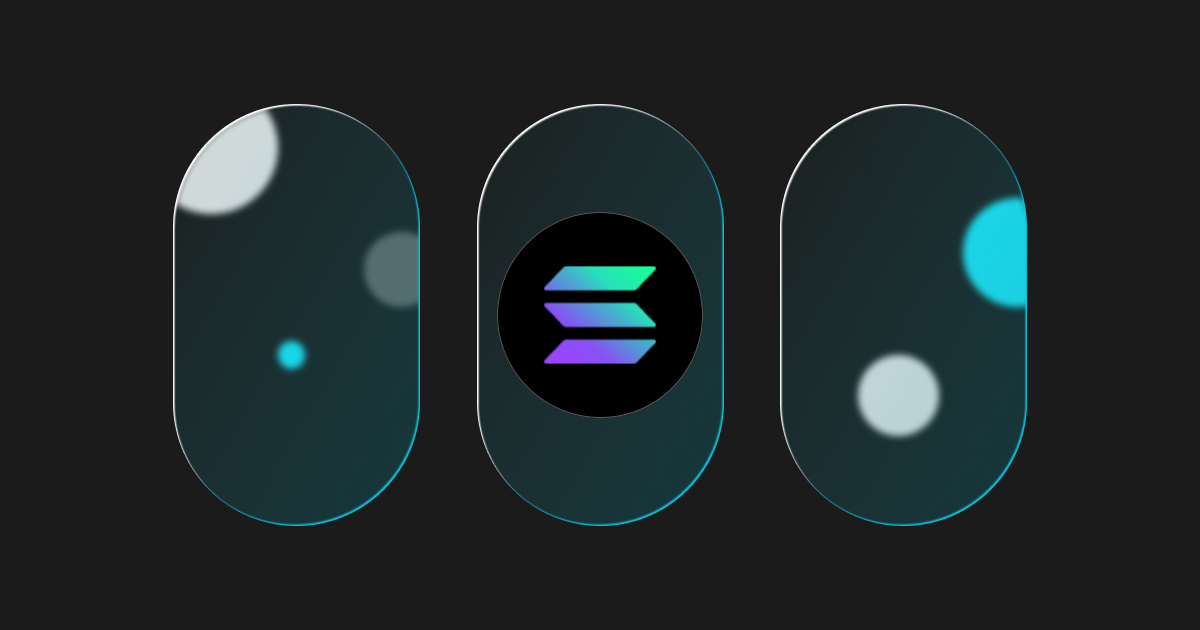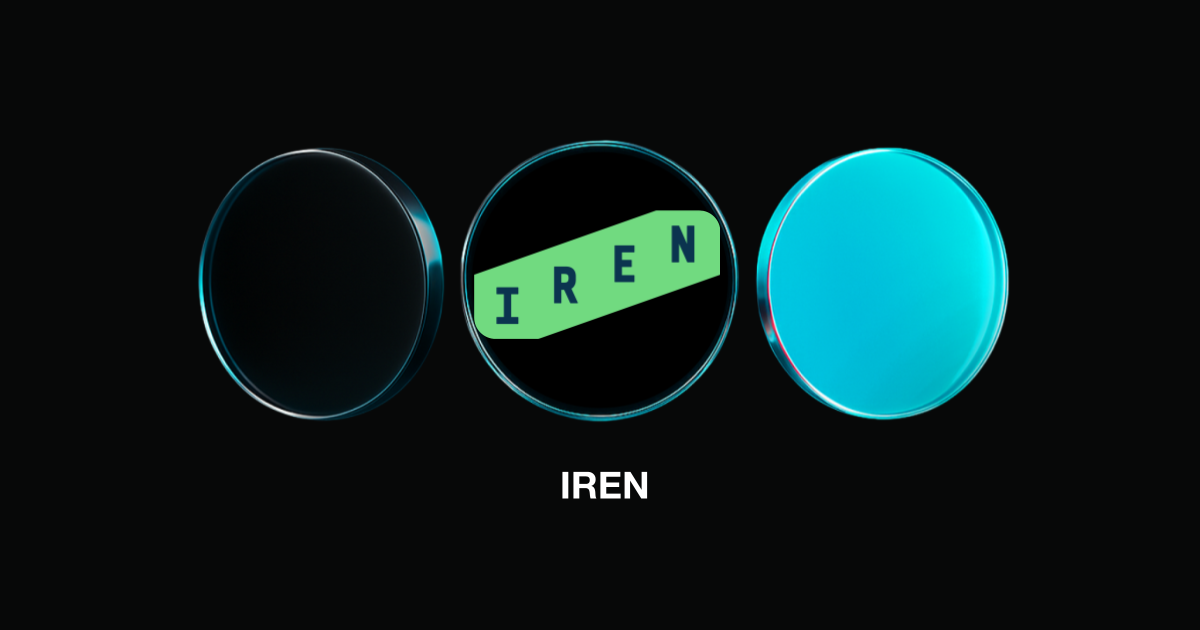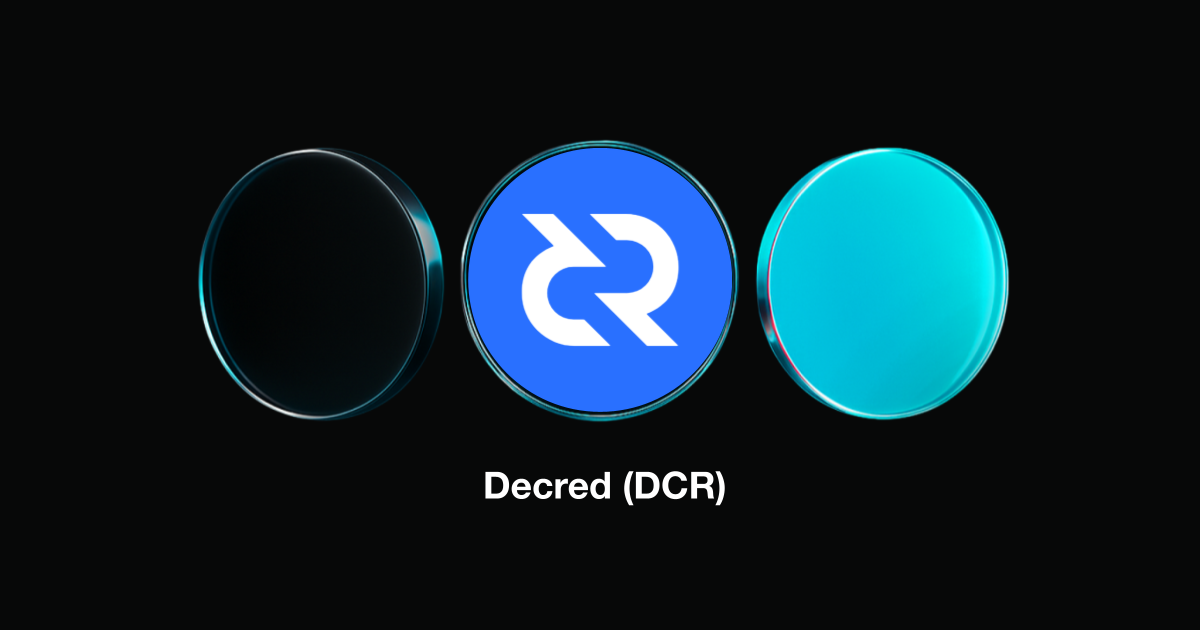ZKsync (ZK) Price Prediction for 2025, 2026–2030
After months of silence, ZKsync (ZK) is back in the spotlight — and not without reason. Following praise from Ethereum co-founder Vitalik Buterin and the launch of its high-speed Atlas upgrade, the Layer-2 network is once again fueling discussions about the future of Ethereum scalability.
Built by Matter Labs, ZKsync uses zero-knowledge rollups (zk-Rollups) to deliver faster, cheaper transactions while staying fully compatible with Ethereum’s ecosystem. Yet despite its cutting-edge tech, the ZK token trades far below its all-time high, weighed down by token unlocks and a sluggish market. As excitement around Layer-2s grows, many investors are now asking: can ZKsync turn its technical success into long-term price recovery?
2025 Price Prediction
As 2025 approaches, ZKsync stands at a crucial point in its development. The network’s recent Atlas upgrade and growing adoption among DeFi projects could set the stage for stronger price performance — especially if the broader crypto market enters a new bull cycle. However, challenges like token unlocks and competition from other Layer-2s such as Arbitrum (ARB) and Optimism (OP) may limit upside momentum. Below are three potential scenarios for ZK’s price in 2025.
-
Bullish Scenario: If Ethereum Layer-2 adoption accelerates and ZKsync successfully attracts more liquidity through dApps and partnerships, the ZK token could see significant upside. A rally in the overall crypto market could also push ZK toward $0.40–$0.60, revisiting its previous highs as investor confidence returns.
-
Neutral Scenario: In a steady market with moderate growth, ZKsync’s ecosystem expansion may continue gradually but without explosive gains. The token could trade in the $0.20–$0.35 range, reflecting balanced market sentiment and slow, consistent development progress.
-
Bearish Scenario: If market conditions turn unfavorable or if ZKsync struggles to differentiate itself from other Layer-2 solutions, the price may dip below key support levels. In this case, ZK could fall toward $0.10–$0.15, especially if selling pressure from token unlocks intensifies.
2026 Price Prediction
By 2026, ZKsync could be entering a period of consolidation after the rapid innovations and market adjustments of the previous year. If the Atlas upgrade continues to enhance performance and more projects migrate to ZKsync Era, the network could start building a stronger developer and user base. The long-term success of ZKsync will depend on sustained activity, new partnerships, and how well it competes with other zk-rollup platforms such as Starknet and Scroll.
-
Bullish Scenario: If Ethereum’s Layer-2 ecosystem matures and institutional players start integrating zk-rollup technology, ZK could rise to around $0.70–$1.00. Increased staking or governance features could further drive demand and reduce circulating supply, amplifying upward pressure on the token.
-
Neutral Scenario: A steady pace of ecosystem growth, coupled with a stable crypto market, might keep ZK trading in the $0.40–$0.60 range. This scenario assumes moderate user adoption and consistent development progress without major market disruptions.
-
Bearish Scenario: If ZKsync fails to maintain momentum or loses developer interest to competitors, the token might retrace toward $0.20–$0.30. Regulatory uncertainty or lower Ethereum network activity could also suppress price recovery during this period.
2027 Price Prediction
By 2027, the Layer-2 market is expected to be far more mature, with clearer winners emerging among Ethereum scaling solutions. For ZKsync, this could be a defining year — either solidifying its position as a major zk-rollup platform or struggling to keep pace with competitors that evolve faster. Much will depend on network adoption, fee revenue growth, and on-chain liquidity.
-
Bullish Scenario: If ZKsync maintains a strong developer community and continues optimizing transaction costs and throughput, the ZK token could climb toward $1.20–$1.80. Growing real-world use cases such as gaming, payments, and DeFi integrations could add further value to the network.
-
Neutral Scenario: In a balanced market, ZKsync might continue expanding gradually but without breakthrough growth. The ZK token could stabilize around $0.70–$1.00, supported by steady usage but limited by competition and market saturation in the Layer-2 space.
-
Bearish Scenario: If zk-rollup technology fails to gain mainstream traction or newer innovations overshadow ZKsync’s progress, the token could slide back to $0.40–$0.60. External factors like Ethereum network upgrades or regulatory tightening could also slow ecosystem activity.
2028–2029 Price Prediction
Between 2028 and 2029, the crypto market could be entering another major cycle — potentially driven by mainstream blockchain adoption and deeper institutional integration. By this stage, ZKsync’s long-term roadmap and ability to sustain network growth will likely define its position in the Ethereum ecosystem. If the protocol continues to deliver high-speed scalability and maintain developer confidence, ZK could emerge as one of the leading zk-rollup projects.
-
Bullish Scenario: If ZKsync cements its place as a top Layer-2 network and benefits from mass Ethereum adoption, ZK could reach $2.00–$3.50. Integration with real-world assets, enterprise use cases, or a surge in DeFi and NFT applications could further boost demand for the token.
-
Neutral Scenario: With moderate network activity and healthy but steady growth, ZK’s price could stabilize in the $1.20–$2.00 range. This outcome assumes continuous ecosystem development and a broadly positive but not euphoric market environment.
-
Bearish Scenario: If competition intensifies and ZKsync loses developer or user traction, the token might correct to $0.70–$1.00. Economic downturns or Ethereum protocol changes could also affect liquidity and investor sentiment during this period.
2030 Price Prediction
By 2030, the blockchain industry could look vastly different, with Ethereum and its Layer-2 solutions forming the backbone of global decentralized infrastructure. If ZKsync continues to innovate and retain strong developer participation, it could be among the most widely used scaling platforms of the decade. The long-term performance of ZK will depend on its sustainability, real-world adoption, and token utility within the network’s economy.
-
Bullish Scenario: Assuming widespread adoption of zk-rollup technology and ZKsync’s leadership in the Layer-2 space, ZK could potentially trade between $4.00–$6.00 by 2030. This projection factors in mainstream blockchain integration, strong network fundamentals, and steady global crypto growth.
-
Neutral Scenario: If ZKsync maintains consistent growth but faces ongoing competition from other scalable Layer-2 and Layer-3 protocols, ZK could hover around $2.50–$3.50. This would represent solid long-term performance, reflecting a mature but competitive ecosystem.
-
Bearish Scenario: In a less favorable scenario—where Ethereum scalability evolves beyond zk-rollups or market adoption slows—ZK may remain under $2.00. Factors like regulatory barriers, network stagnation, or shifts in user preferences could all contribute to limited price growth.
Key Factors Influencing ZKsync’s Future Price
1. Adoption of zk-Rollup Technology
ZKsync’s foundation lies in zero-knowledge rollups, a technology widely regarded as one of the most advanced scalability solutions for Ethereum. As more DeFi platforms, NFT projects, and Web3 apps migrate to zk-rollups, ZKsync’s transaction volume and fee revenue could increase — directly supporting the value of the ZK token.
2. Network Upgrades and Ecosystem Growth
Major updates like the Atlas upgrade have significantly improved ZKsync’s performance. Future developments focused on interoperability, speed, and developer tools will be critical in sustaining momentum. A thriving ecosystem with active dApps, cross-chain bridges, and liquidity incentives can greatly enhance token demand.
3. Competition Among Layer-2s
ZKsync operates in a highly competitive environment alongside Arbitrum, Optimism, Starknet, and Scroll. Its long-term success depends on how effectively it differentiates through better scalability, lower costs, or unique use cases. Losing market share to rival Layer-2s could limit ZK’s growth potential.
4. Tokenomics and Supply Dynamics
The ZK token’s release schedule, including future unlocks and staking mechanisms, plays a major role in price stability. If supply inflows from vesting or rewards outpace demand, short-term price pressure may occur — but efficient token utility (e.g., governance, gas, or staking) could balance this out over time.
5. Market Sentiment and Macro Conditions
As with most cryptocurrencies, ZK’s price will remain tied to broader market cycles. A bullish crypto phase could lift ZK alongside Ethereum and other Layer-2 assets, while macroeconomic downturns or regulatory uncertainty may suppress investor confidence.
Conclusion
ZKsync (ZK) remains one of the most promising contenders in the Ethereum Layer-2 ecosystem, combining strong technology with growing developer support. Its focus on zk-rollup scalability, continuous upgrades like Atlas, and positive recognition from the Ethereum community give it a solid foundation for long-term success.
While short-term volatility and competition may pose challenges, ZKsync’s trajectory largely depends on how effectively it drives real-world adoption and network utility. If the project sustains its momentum, ZK could evolve from a speculative asset into a core part of Ethereum’s scaling future — making it a token worth watching as the crypto market matures toward 2030 and beyond.
Disclaimer: The opinions expressed in this article are for informational purposes only. This article does not constitute an endorsement of any of the products and services discussed or investment, financial, or trading advice. Qualified professionals should be consulted prior to making financial decisions.



